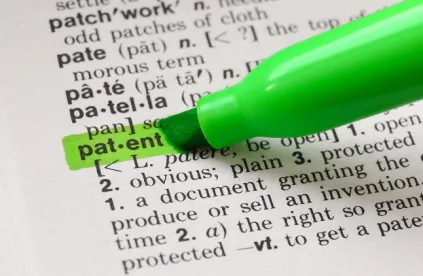After a lengthy and circuitous patent proceeding between plaintiff O.F. Mossberg & Sons (“Mossberg”) and defendants Timney Triggers, LLC and its related manufacturing entity (collectively, “Timney”), which ultimately resulted in Mossberg voluntarily dismissing the action, Judge Bolden of the District of Connecticut recently determined that the case was not “exceptional” such as to warrant awarding Timney’s attorneys’ fees.
The case began in 2012, when Mossberg filed a lawsuit against Timney alleging infringement of U.S. Patent No. 7,293,385 (the “’385 Patent”), directed to a “Modular Trigger Group for Firearms and Firearm Having a Modular Trigger Group.” The accused product was Timney’s own “specialized aftermarket gun triggers.” Timney quickly went on the offensive, filing a request for inter partes reexamination of the ’385 Patent with the USPTO (the court stayed the litigation pending the outcome). During the reexamination, the USPTO rejected several claims over the prior art, and Mossberg then canceled those claims and added new ones. Then, in a likely unexpected turn of events, the USPTO issued a final agency action determining it lacked jurisdiction to conduct the reexamination due to a failure to identify the real party in interest.
Timney did not stop there, and if nothing else, this story is one of persistence. After the initial USPTO decision, Timney then filed three ex-parte reexamination proceedings in sequence. The first resulted in the rejection of every claim of the ’385 Patent, and Mossberg amended its claims in response. The second again resulted in the rejected of claims of the ’385 Patent, and Mossberg again amended its claims. The third was the nail in the coffin—Timney had an ace up its sleeve on its final attempt, a “new” prior art reference that had not been considered in any of the prior proceedings. The USPTO found all claims unpatentable in light of that reference, and issued a Final Rejection of all claims, which the PTAB affirmed.
After the PTAB affirmed the rejection of all claims of the ’385 Patent, Mossberg filed a notice of voluntary dismissal of the litigation under Fed. R. Civ. P. 41. Then, Timney moved for an “exceptional case” finding that would entitle it to recover its attorneys’ fees. Judge Bolden denied Timney’s motion, for several reasons.
First, the Court found that Timney was not a “prevailing party” – a prerequisite to an “exceptional case” finding. According to the Court, for a party to “prevail,” there must be a decision on the merits that effects a “judicially sanctioned change in the legal relationship of the parties.” Although Timney in fact prevailed with the USPTO in invalidating all of the asserted claims, Mossberg voluntarily dismissed the district court litigation. The Court found that “a Rule 41 dismissal without prejudice is not a decision on the merits,” and as a result, Timney was not entitled to an “exceptional case” finding.
Second, the Court found that the case was not “exceptional” simply because it did not “stand[] out from others with respect to the substantive strength of a party’s litigating position” and there was no evidence of bad faith or frivolousness. On this issue, the Court pointed to the fact that, until the very end of the proceeding, neither party was aware of the prior art reference that doomed the ’385 Patent. Also important to the Court’s decision was that the district court litigation never proceeded far beyond the complaint stage – the case had been stayed pending the outcome of the USPTO proceedings, and therefore “the Court [had] no basis to find bad faith or vexatious litigation strategies.”
The case is O.F. Mossberg & Sons, Inc. v. Timney Triggers, LLC et al., 3:12-cv-00198, in the District of Connecticut. A copy of the opinion can be found here.



 />i
/>i
